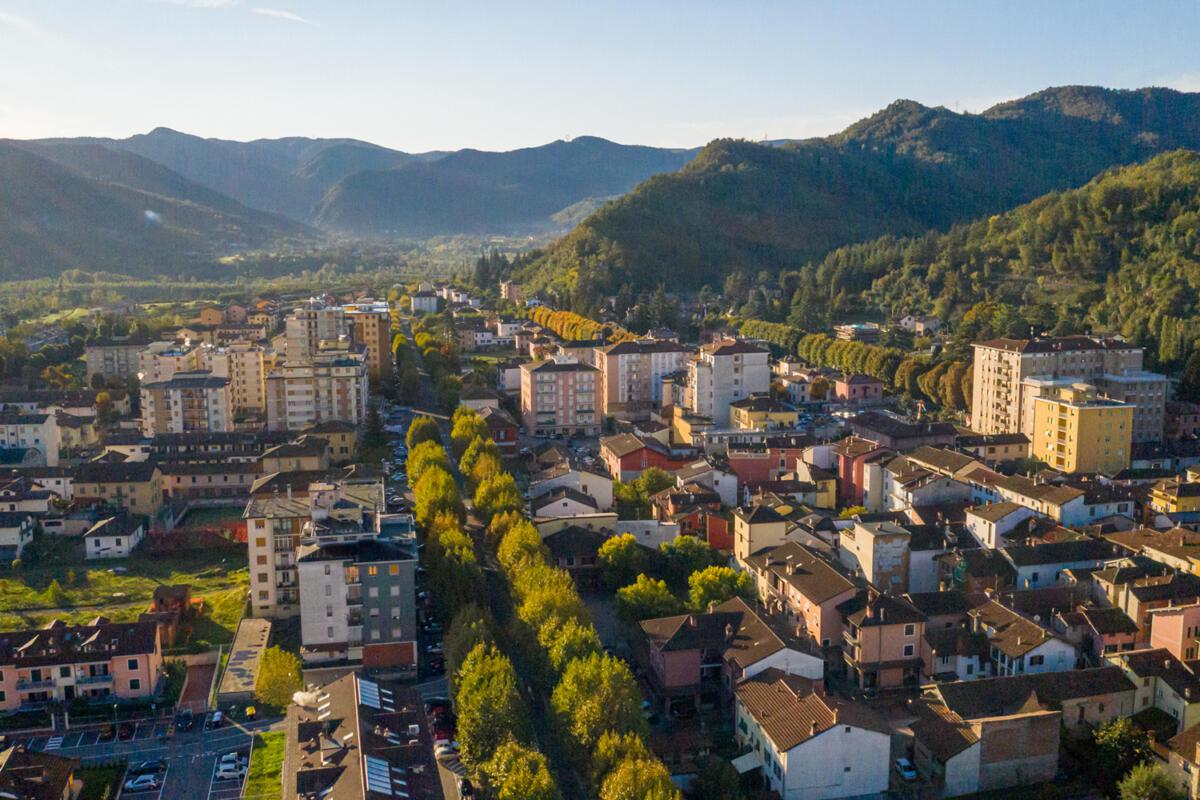The name “Arquata” has its roots in the Latin “Arcus” and may refer to the imposing arches of an ancient Roman aqueduct that supplied water to the thriving city of Libarna. The remains of this majestic piece of engineering were found in the hamlet of Rigoroso, bearing witness to a past rich in history and culture.
In 2011, a significant archaeological discovery further illuminated the area’s past: the Piedmont Superintendency of Archaeological Heritage unearthed the South Gate of Libarna. This discovery revealed how the city, although not surrounded by walls, had monumental gates that demarcated its access.
Located along the ancient route of the Via Postumia, one of the most important Roman consular roads that connected Genoa to Aquileia, Arquata Scrivia occupies a strategic position. The town stands at the foot of a hill on top of which stands a ruined tower, further evidence of its thousand-year history.
Libarna provides an ideal starting point for exploring the rich cultural heritage of this area. Its ancient ruins, along with those of Arquata, offer a fascinating journey through time, allowing visitors to immerse themselves in a glorious past and appreciate the historical stratification that characterizes this area.






Arquata Scrivia, a jewel surrounded by nature, offers breathtaking views. From the paths that wind along the hills, the gaze sweeps over the red roofs of the village and fades to the vast Po Valley. Since 2019, the entire area has been recognized as a Site of Community Importance (SCI), a naturalistic treasure worth discovering.
Admiring the gullies and wild orchids is a unique experience, as is visiting the giant Holm Oak of Rigoroso, a monumental tree that dominates the panoramic terrace overlooking the Scrivia River.
For trekking lovers, the E1 trail, one of the most famous in Europe, runs through Arquata for 9.39 km, offering an evocative route between nature and history.
The village also offers numerous leisure facilities: the sports hall, mini pitch, youth space with Pump Track, and Mairano Park, a sensory trail dedicated to families.
Soon, a new bike path will connect the train station to the archaeological site of Libarna, further enhancing the area’s historical and cultural heritage.
Another richness of Arquata is the hazelnut, cultivated in these lands since the Neolithic period. This precious fruit is the basis of the important Novese confectionery industry, and the recent Hazelnut Consortium promotes the spread of hazelnut groves, further enhancing the value of this typical product.
The ancient village, with its characteristic Via Interiore, spreads at the foot of the imposing Castle, of which only the Tower remains today. At one time, two tower-gates, incorporated into 15th-century buildings, guarded the southern and northern entrances.
Strolling through the alleys, one can admire valuable architectural details such as stone portals, pointed arches, and hanging arches that were once used for water supply.
Standing out in the center of the street is the “Gothic House,” a 16th-century jewel that preserves intact the characteristics of the late medieval period. Inside, a permanent nativity scene enchants visitors with its evocative scenes.
Halfway down the street, stands the Church of St. James, of Romanesque foundation, which houses important works, particularly by “Carlone.” Opposite, the Oratory of St. Anne, dating from 1478, dominates the “Contrada del Forno,” the heart of the old village.
Other historical routes lead to the Spinola Palace, the impressive Baroque Well, the small Church of St. Anthony and, finally, the Sanctuary of Montaldero, crossing the so-called “Road of the Soldiers.”
The village, with its thousand-year history and artistic evidence, offers a fascinating journey through time for every visitor.


























